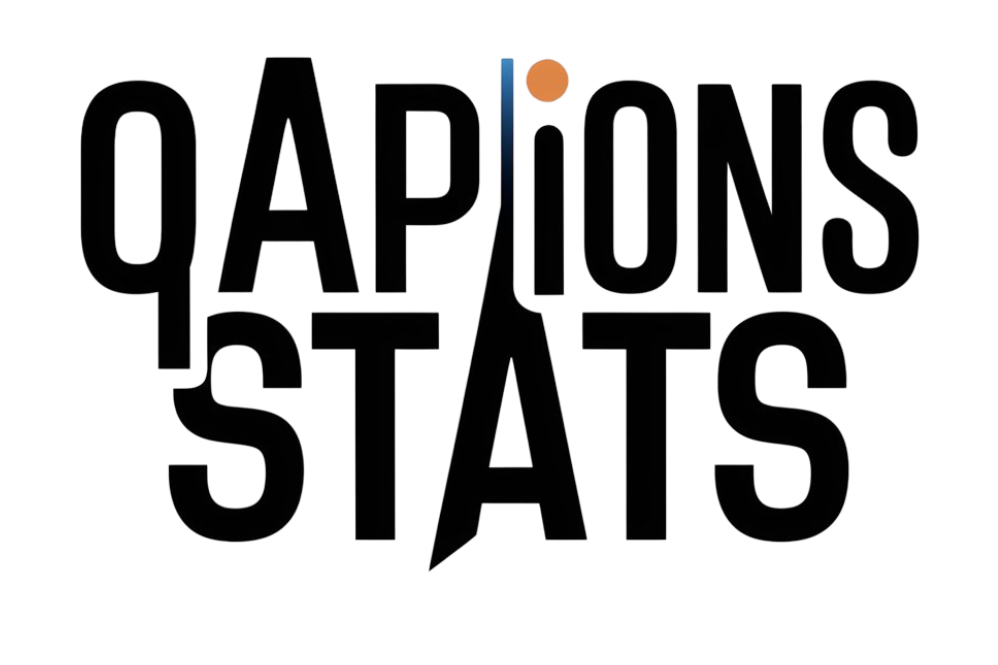Language is a dynamic and intricate system, rich with words that carry nuanced meanings across different contexts. Two such terms that often pique curiosity are “molto” and “hiatus.” While “molto” is rooted in the Italian language and frequently appears in musical notation, “hiatus” is an English term used across various disciplines, including linguistics, anatomy, and media. This article delves into the meanings, usages, and contexts of these words, providing a comprehensive understanding for learners and enthusiasts alike.
Understanding “Molto”
Etymology and Basic Meaning
“Molto” is an Italian word that translates to “very” or “much” in English. It originates from the Latin word “multum,” meaning “much” or “many.” In Italian, “molto” functions both as an adverb and an adjective, with its form changing based on its grammatical role.
Usage in Italian Language
As an Adverb
When used as an adverb, “molto” is invariable, meaning it does not change form regardless of the gender or number of the noun it modifies. It typically intensifies the meaning of adjectives, verbs, or other adverbs.
- Examples:
- La pizza è molto buona. (The pizza is very good.)
- Corro molto durante la settimana. (I run a lot during the week.)
Related post: WYF Meaning: Understanding the Slang and Its Contexts
As an Adjective
As an adjective, “molto” agrees in gender and number with the noun it modifies. It conveys the meaning of “many” or “much.”
- Examples:
- Ho molti amici. (I have many friends.)
- Ci sono molte persone alla festa. (There are many people at the party.)
Usage in Musical Terminology
In music, “molto” is used as a directive to indicate a significant degree of the instruction it modifies. It is often paired with other Italian terms to convey the desired expression.
- Examples:
- Molto allegro – Very fast and lively.
- Molto adagio – Very slow.
- Molto espressivo – Very expressive.
These directives guide musicians in interpreting the composer’s intentions regarding tempo and expression.
Related post: Skibidi Toilet Meaning
Exploring “Hiatus”
Etymology and Basic Meaning
The term “hiatus” comes from the Latin word “hiatus,” meaning “opening” or “gap.” In English, it denotes a break or interruption in continuity. Its applications span various fields, each with specific connotations.
General Usage
In everyday English, “hiatus” refers to a temporary pause or break in an activity or sequence.
- Examples:
- The band is on hiatus while the lead singer recovers from surgery.
- After a brief hiatus, the TV show returned with new episodes.
Usage in Different Contexts
Linguistics
In phonology, a hiatus occurs when two vowel sounds appear in adjacent syllables without an intervening consonant, potentially causing a disruption in the flow of speech.
- Example:
- The word cooperate contains a hiatus between the “o” and “o” sounds.
Anatomy
In anatomical terms, a hiatus refers to a natural opening or passage in a bodily structure.
- Examples:
- Esophageal hiatus – An opening in the diaphragm through which the esophagus passes.
- Aortic hiatus – An opening in the diaphragm for the aorta.
Media and Entertainment
In the context of television and media, a hiatus denotes a scheduled break in the airing of a series, often between seasons or during holidays.
- Example:
- The show went on hiatus during the summer months.
Read also: ISTG Meaning (Hiatus Meaning)
Alternatives to “Hiatus” Based on Context and Tone
Depending on the context and the desired tone, various alternatives to “hiatus” can be employed. Below are eleven examples, each suited to different scenarios.
1. Break
- Usage: Informal or general contexts.
- Example: She took a break from work to travel.
2. Pause
- Usage: Neutral tone, suitable for both formal and informal contexts.
- Example: There was a brief pause in the conversation.
3. Intermission
- Usage: Commonly used in theatrical or performance settings.
- Example: The play had a 15-minute intermission.
4. Interval
- Usage: Often used in British English, especially in performances.
- Example: The concert had a short interval between sets.
5. Recess
- Usage: Typically used in educational or governmental contexts.
- Example: The court is in recess until Monday.
6. Sabbatical
- Usage: Academic or professional settings, indicating an extended break for study or travel.
- Example: She is on sabbatical to conduct research abroad.
7. Time-out
- Usage: Informal, often used in sports or parenting.
- Example: The coach called a time-out to strategize.
8. Lull
- Usage: Describes a temporary period of quiet or inactivity.
- Example: There was a lull in the conversation.
9. Respite
- Usage: Formal, indicating a short period of rest or relief.
- Example: The weekend provided a respite from work stress.
10. Interruption
- Usage: Neutral, indicating a break in continuity.
- Example: An unexpected interruption halted the meeting.
11. Suspension
- Usage: Formal, often used in legal or official contexts.
- Example: The project is under suspension pending review.
Choosing the Appropriate Alternative
Selecting the right alternative to “hiatus” depends on the context and the tone you wish to convey.
- Formal Contexts: Use terms like sabbatical, respite, or suspension.
- Informal Contexts: Opt for break, pause, or time-out.
- Specific Settings:
- Intermission and interval are suitable for performances.
- Recess is appropriate in educational or governmental scenarios.
Understanding these nuances ensures effective and appropriate communication across various situations.
Conclusion
The words “molto” and “hiatus” exemplify the richness and complexity of language, each carrying distinct meanings and applications across different contexts. “Molto” serves as a versatile term in Italian, enhancing expressions in both everyday language and musical notation. “Hiatus,” on the other hand, illustrates the concept of a break or interruption, with relevance in linguistics, anatomy, and media.
By exploring these terms and their alternatives, language learners and enthusiasts can deepen their understanding and enhance their communicative precision. Recognizing the appropriate usage and context of such words is essential for effective and nuanced expression.



